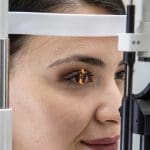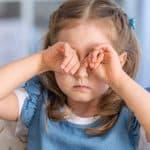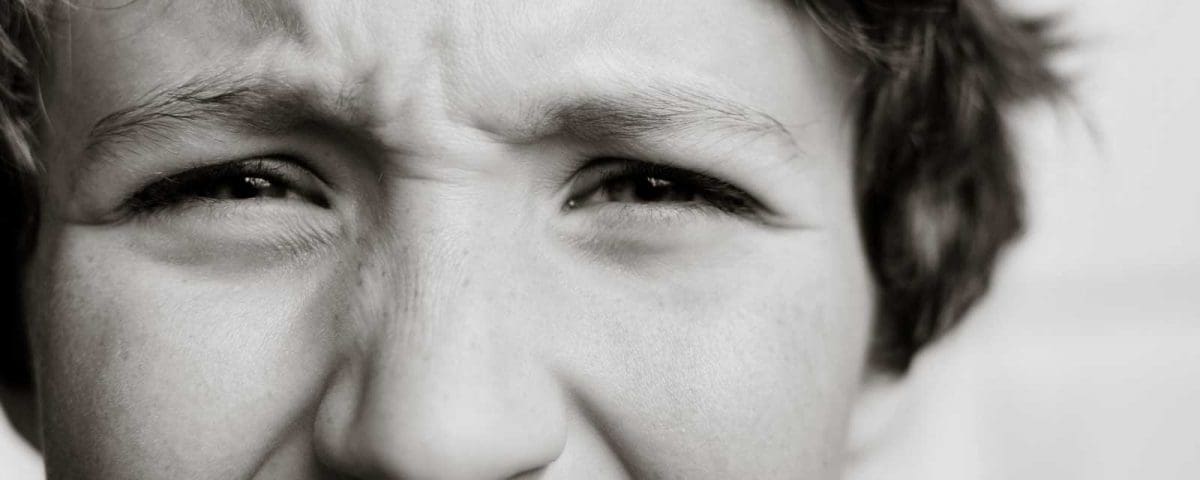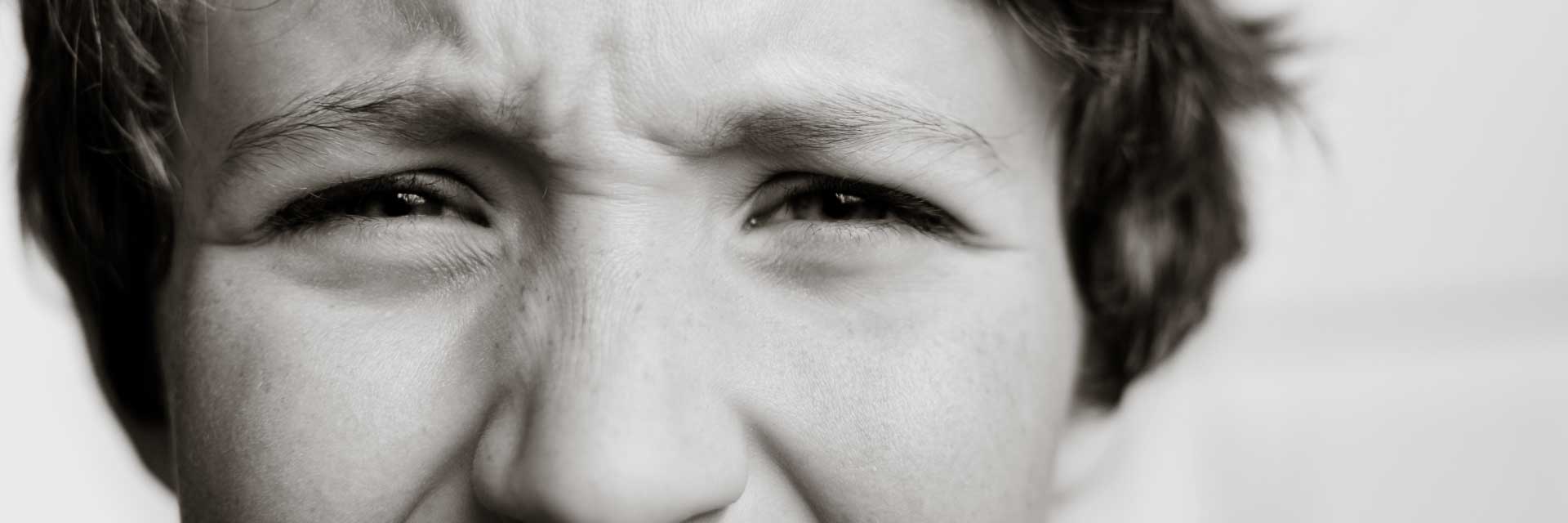


What Is Keratoconus, And What Are Its Effects?
July 19, 2023


Things to know about myopia?
August 3, 2023



Understanding Myopia in Kids: Causes, Symptoms, and Management
The number of people with myopia is increasing around the world. It’s also one of the major causes of visual impairment in kids worldwide. Commonly known as nearsightedness, myopia is a refractive error characterized by blurred vision, making it difficult for young eyes to clearly see objects in the distance while maintaining good near vision. In recent years, the prevalence of myopia in kids has been increasing steadily sparking concerns among parents and healthcare professionals. Let’s look at what causes myopia, how you can recognize it, and how to manage it to avoid further complications.
Causes of Myopia in Kids
According to the World Health Organization (WHO), it is estimated that by the year 2050, approximately half of the global population will be myopic. In younger popular, the problem generally develops during childhood and often between the ages of 6 and 14. The exact cause of myopia is still not fully understood. However, both genetic and environmental factors contribute to its progression. If one or both parents have myopia, the child is more likely to develop it. That said, myopia can also occur in children without a family history of the condition. Environmental factors, such as excessive close (and precision) work (reading or using digital devices) and limited outdoor activities, have also been linked to the development and progression of myopia in kids.
Symptoms of Myopia in Kids
Recognizing the signs of myopia in kids can help with its early detection and management. Some common signs to look out for may include the following:
- Difficulty seeing the blackboard or whiteboard
- Excessively rubbing the eyes
- Frequent headaches or eye strain in activities needing good distance vision
- Holding books or digital devices closer to the face
- Squinting or frowning the eyes when looking at a distance
If you notice any of these symptoms with your child, schedule an eye examination with an optometrist or ophthalmologist ASAP.
Managing Myopia Head-On
While you cannot cure myopia, there are ways to slow down any associated complications. Here are some practical approaches to help you with your child’s myopia:
Prescription Eyeglasses or Contact Lenses
Corrective lenses compensate for the refractive error and allow your kids to see clearly. Make sure you take your child for regular eye examinations so the prescription is up-to-date as myopia progresses. You can also try the MiSight® FDA-approved 1-day soft contact lenses designed for kids between 8 and 12 years of age to help prevent their vision from worsening.
Orthokeratology
Orthokeratology (or Ortho-k) has shown promising results in slowing myopia progression in kids. It is a safe, non-surgical treatment wherein your kids may be given specially designed contact lenses to wear overnight. These lenses help reshape the cornea temporarily, and the child is able to see clearly during the day without needing glasses or lenses.
Atropine Eye Drops
Low-dose atropine eye drops can reduce myopia progression in children effectively. These drops are usually applied daily before bedtime and must be prescribed by a qualified eye care professional.
Lifestyle Modifications
Encouraging kids to spend time outdoors and engage in activities that require distance vision has been associated with a reduced risk of myopia development. The idea is to limit screen time and take regular breaks during near-work activities to maintain a healthy vision.
Regular Eye Examinations
Routine eye examinations are crucial for detecting and monitoring myopia in kids. Eye care professionals can assess the child’s vision over time, prescribe appropriate corrective measures when necessary, and monitor myopia progression.
Stay Aware and Protect Your Kid’s Vision
Myopia is a common refractive error affecting both kids and adults alike all around the globe. By understanding its causes, symptoms, and management strategies, you, as parents, can help your kids maintain good eye health and minimize the impact of myopia on their everyday lives. Regular eye check-ups are also crucial to ensure the best possible outcomes for kids with myopia.
